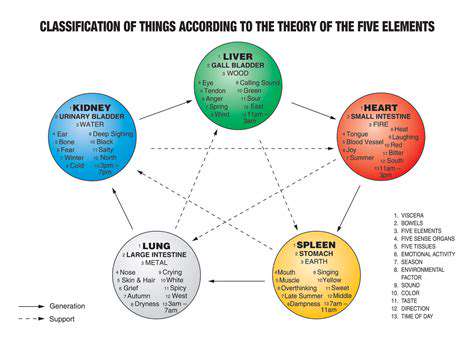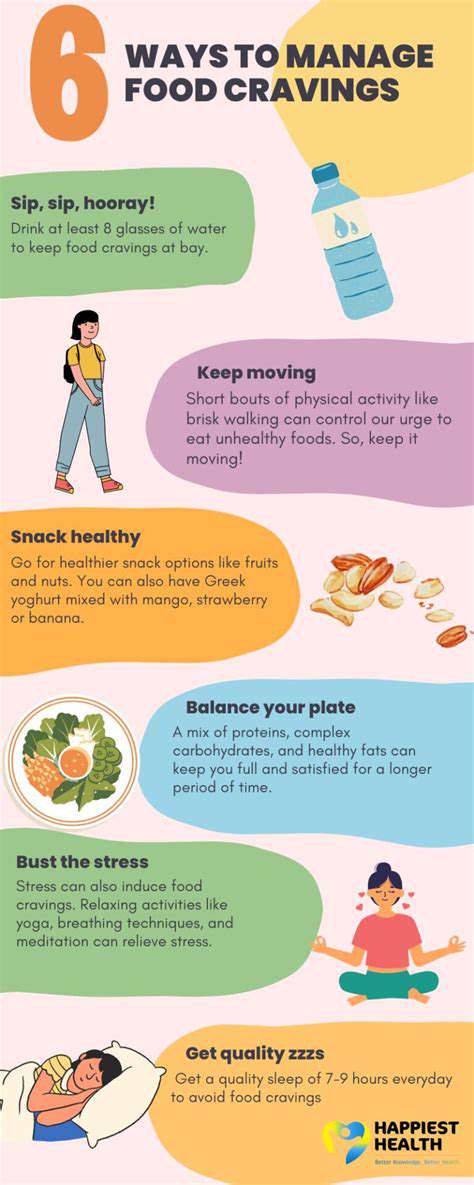Building Lean Muscle with Plant Based Protein
While combining complementary proteins is a valuable strategy, it's essential to remember that a balanced diet rich in a variety of foods is key to overall health. Focus on consuming a wide range of fruits, vegetables, and whole grains alongside your protein sources.
Ultimately, the goal is to consume a diverse and varied diet that provides a wide spectrum of nutrients, including essential amino acids, vitamins, and minerals. This ensures optimal health and well-being.
Monitoring Progress and Adapting Your Plan
Understanding Progress Metrics
Tracking your progress is crucial for adapting your plant-based muscle-building plan. This isn't just about the number on the scale, although that can be a helpful indicator. Focus on measurements like increases in strength during exercises, improvements in endurance, and changes in body composition. A combination of these metrics gives you a more comprehensive picture of your progress and helps you identify areas where you might need to adjust your training or dietary strategies.
Consider using a workout log to track sets, reps, and weights lifted. Documenting these details over time will highlight patterns and show you how you're improving, or where you might be plateauing. This data is invaluable for identifying areas that need adjustment.
Adjusting Your Workout Routine
As you gain strength and experience, your workout routine needs to evolve. Simply maintaining the same routine won't yield the same results over time. Progressive overload is key. This involves gradually increasing the weight, reps, or sets you lift, ensuring your muscles are consistently challenged. This could involve adding more weight, increasing the number of repetitions per set, or incorporating more challenging variations of exercises.
Optimizing Your Plant-Based Diet
Your plant-based diet plays a vital role in supporting your muscle-building efforts. Ensure you're consuming adequate protein, complex carbohydrates, and healthy fats. Pay attention to the quality of your protein sources, like legumes, tofu, tempeh, and quinoa. These provide essential amino acids your body needs to repair and build muscle tissue. Proper nutrition is as important as your workout routine.
Addressing Plateaus and Stagnation
Plateaus are a common experience in any fitness journey. If you've hit a plateau in your muscle-building progress, it's time to take a step back and analyze your routine. Are you consistently following your plan? Have you considered adjusting your macros, rest periods, or even incorporating new exercises? Identifying the cause of the plateau is the first step to overcoming it.
Incorporating Flexibility and Recovery
Muscle growth occurs during recovery, not during the workout itself. Adequate rest and recovery are essential for allowing your muscles to repair and rebuild. Incorporate rest days into your routine, and prioritize sleep to optimize your body's ability to recover. You may also find incorporating stretching and foam rolling into your routine to help alleviate muscle soreness and improve flexibility is beneficial.
Seeking Professional Guidance
For personalized guidance and support, consulting with a registered dietitian or certified personal trainer specializing in plant-based nutrition and training can be extremely valuable. They can help you create a tailored plan that addresses your specific needs and goals, ensuring you're on the right track for optimal muscle growth. Don't be afraid to ask for help when you need it.











